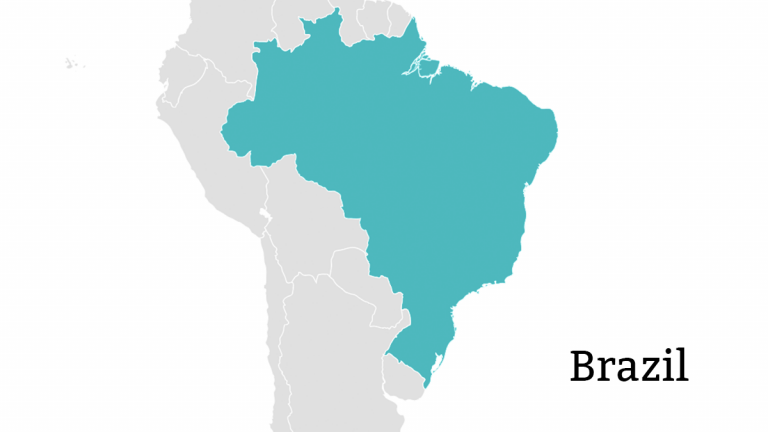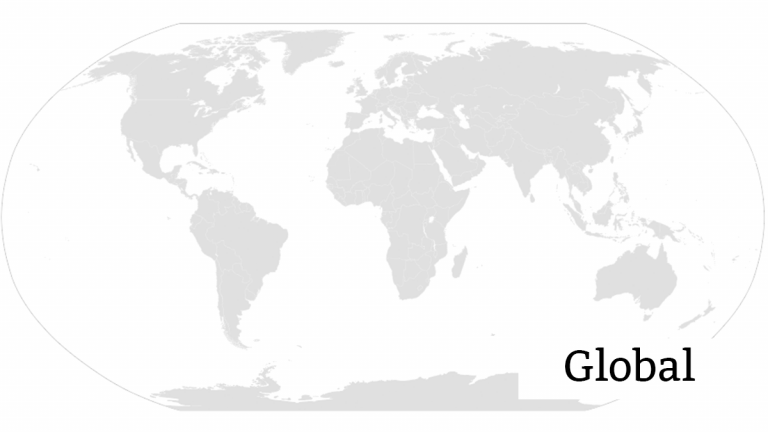
A lack of gender-disaggregated data is a challenge for closing the digital gender gap, but innovative uses of online advertising data provide an opportunity to fill in gaps and set baselines for progress.
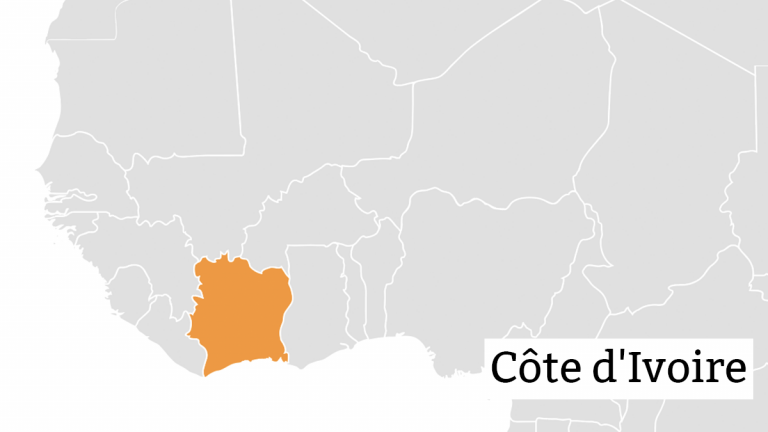
Côte d’Ivoire’s national backbone network lays the groundwork infrastructure needed to power the digital economy and bridge the nation’s rural-urban digital divide.

Internet para Todos integrates open access principles and innovative technologies to deliver internet access to more than 6.8 million people living in rural areas of Peru.
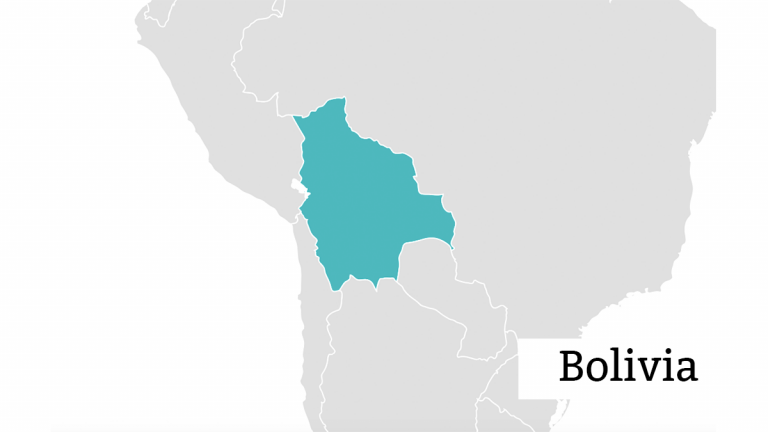
The Mujeres Conectadas project equips women with mobile technology tools and digital literacy and entrepreneurial skills.
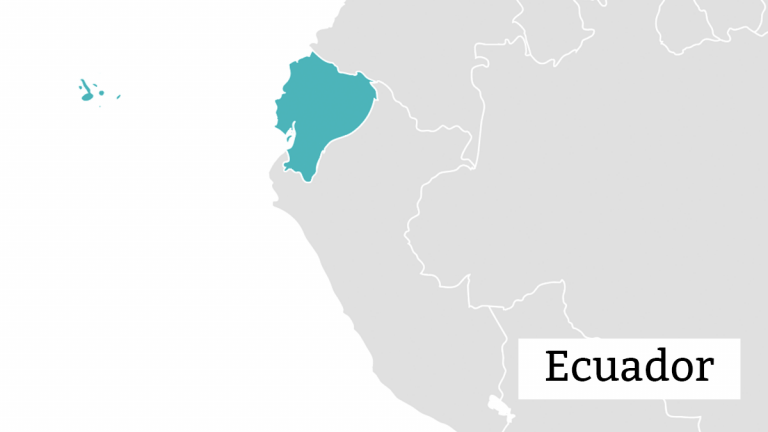
In 2018, the Ecuadorian government introduced social tariffs, which offer mobile voice and data packages at a reduced price to people earning the lowest incomes.
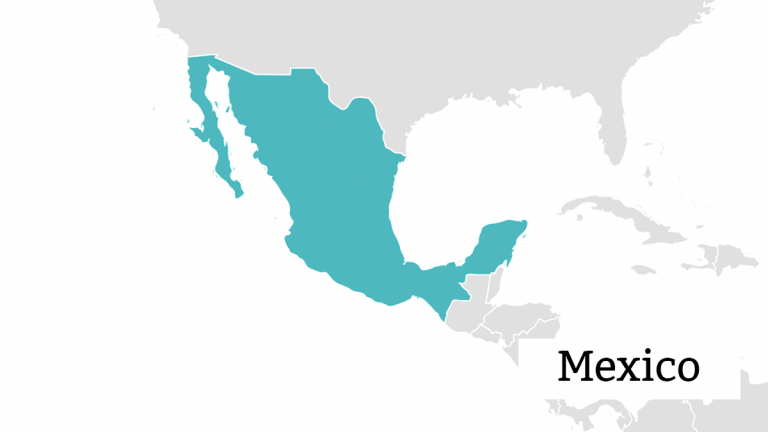
The Mexican regulatory authority has developed informational resources and more to educate and empower consumers in the exercise of their rights.
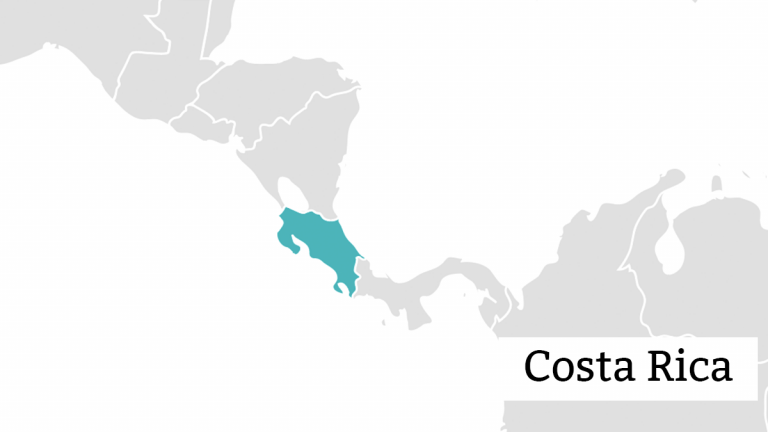
Costa Rica’s broadband plan and its subsequent monitoring and evaluation methodology has set up the nation to achieve its digital connectivity goals, and also offers a framework for the country to regularly update its strategy.
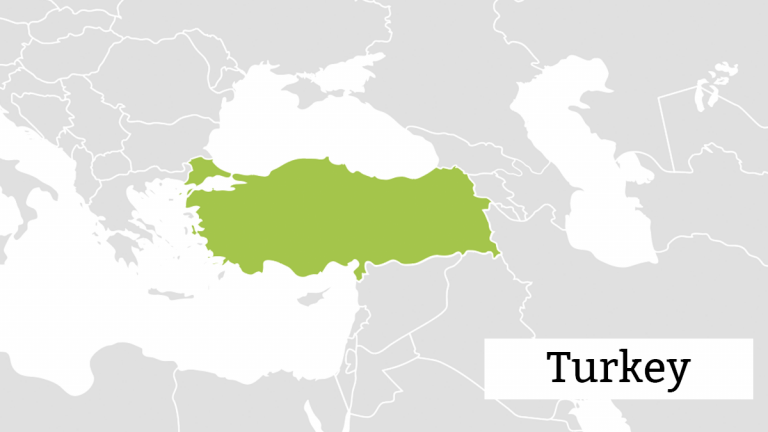
Turkey’s National Broadband Strategy and Action Plan helps increase the rollout of broadband in the country.

The deployment of TV White Space may have important economic and social implications especially for the people living in unserved or underserved rural areas of South Africa.
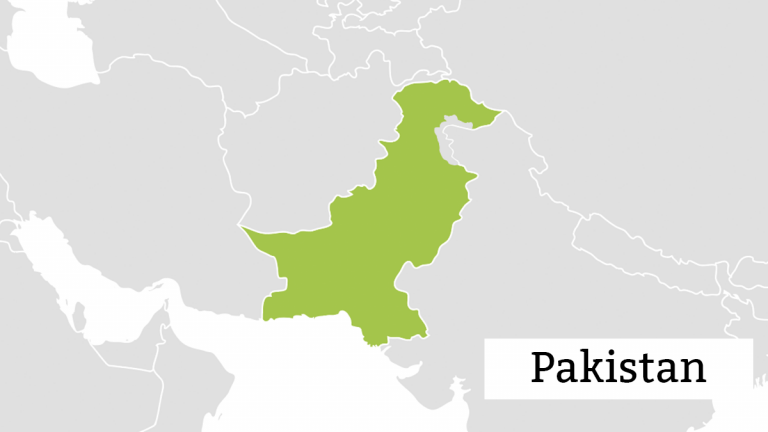
Pakistan’s Universal Service and Access Fund (USAF) helps deliver increased internet access for over 7,000 unserved and underserved areas by co-financing infrastructure development and creating a competitive market for services.
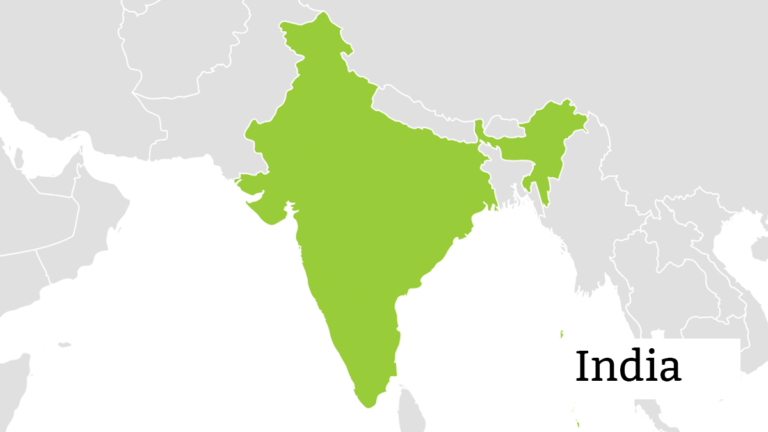
India’s enabling regulatory approach to passive and active infrastructure sharing reduces costs for operators and enables rapid deployment of mobile services.







